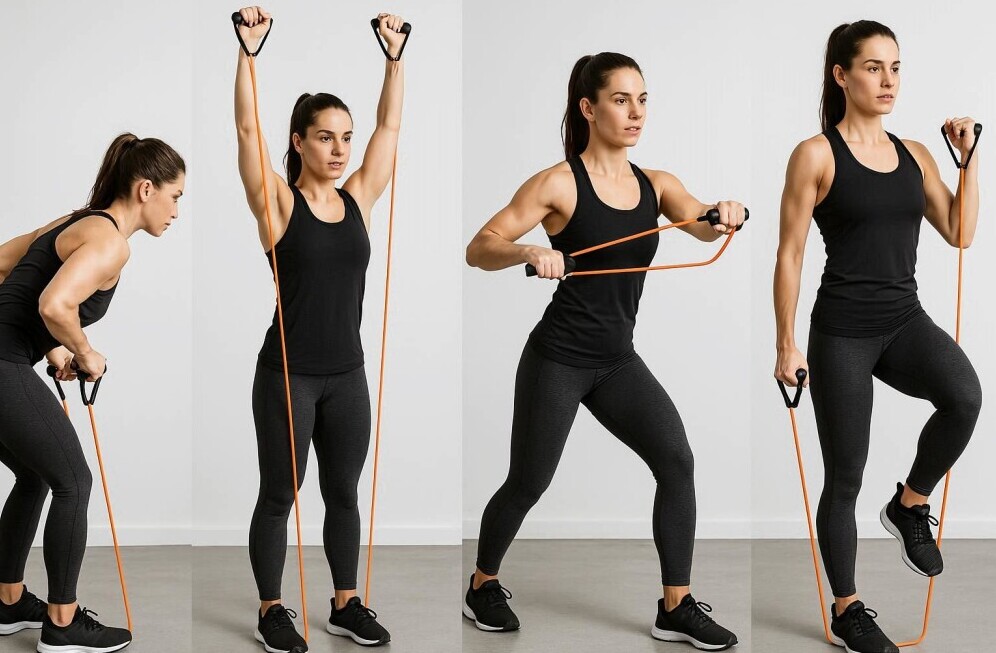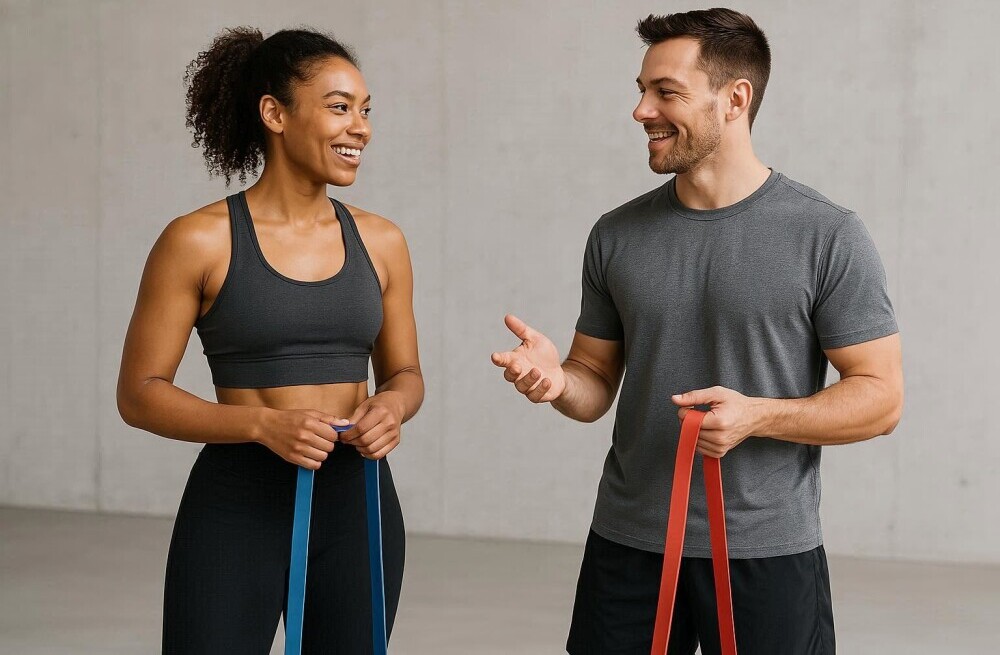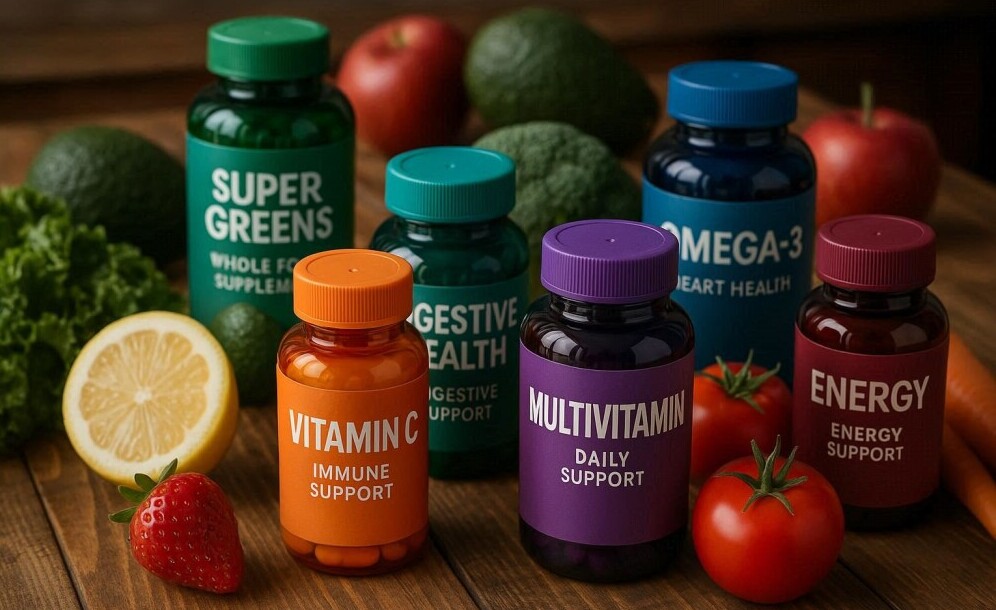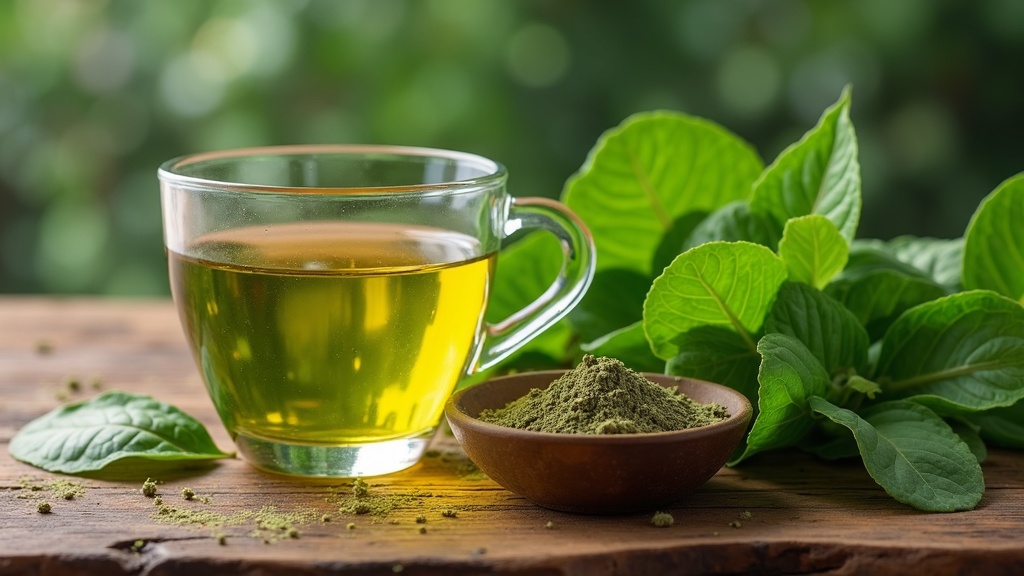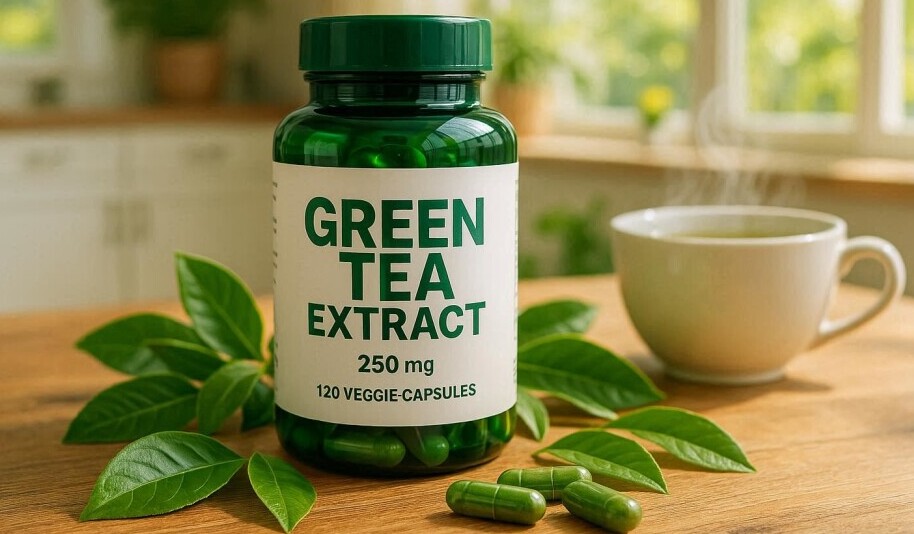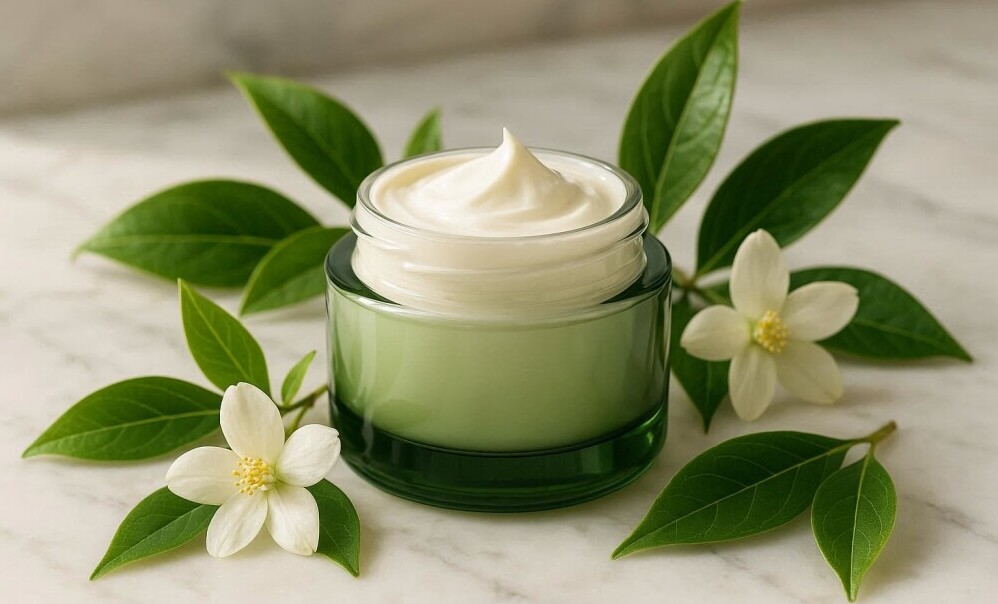 If you’ve been searching for ways to manage your weight, yoga and Pilates are two options that show up pretty often. I’ve found both can bring a lot more than just a good sweat; they boost your energy, improve how you feel about yourself, and support healthier habits overall. For many people, including some of my friends and readers, yoga and Pilates provide a balanced approach that’s both kind to your body and effective for long-term results.
If you’ve been searching for ways to manage your weight, yoga and Pilates are two options that show up pretty often. I’ve found both can bring a lot more than just a good sweat; they boost your energy, improve how you feel about yourself, and support healthier habits overall. For many people, including some of my friends and readers, yoga and Pilates provide a balanced approach that’s both kind to your body and effective for long-term results.
It can be easy to assume you have to go all out in the gym or run for miles to lose weight, but that’s only one way to look at fitness. Movement styles like yoga and Pilates are gentle on your joints yet can help you burn calories, build lean muscle, and keep stress levels in check. If you’re curious about how these practices support weight loss, what makes each one unique, and which poses to start with, this guide covers it all.
Why Yoga and Pilates Work for Weight Loss
Even though neither yoga nor Pilates is a typical cardio workout, both can be surprisingly effective for weight management. They work in a few different ways, each with their own perks. Here’s what I’ve noticed, both from my experience and research:
- Calorie Burn: Many styles of yoga (like power yoga or vinyasa) and Pilates move at a steady pace, which gets your heart rate up and helps your body burn energy.
- Building Lean Muscle: Strong, lean muscles use more energy, even when you’re resting. Both practices focus on muscle engagement, especially around the core.
- Less Stress, Fewer Cravings: Mindful movement and focused breathing help tone down stress, something that can drive emotional eating.
- Better Body Awareness: As you get in tune with your body, you’re more likely to make healthier food choices and notice when you’re actually hungry versus bored or stressed.
How Yoga Differs from Pilates
Even though yoga and Pilates share a few benefits, they aren’t the same thing:
- Yoga blends movement, breathing, mindfulness, and sometimes philosophy. Sessions might be focused on stretching, balance, or strength, depending on the style.
- Pilates is a system built around strengthening your core, stabilizing your posture, and improving your overall coordination. Mat Pilates uses your own body weight, while equipment Pilates adds resistance for even more muscle work.
You can mix both into your weekly routine or pick the one that feels best to you.

Getting Started: Setting Goals and Expectations
If your main aim is to drop pounds or simply feel better in your body, it helps to be realistic about your pace. Yoga and Pilates are both about consistency, not quick fixes. Most people notice benefits like better posture, less stiffness, and more energy after a few weeks, while body composition changes happen over a few months.
Questions to Ask Yourself:
- What’s my main motivation; weight loss, stress relief, or flexibility?
- How much time can I dedicate each week? (Even 15–20 minutes a day adds up!)
- Do I enjoy group classes, YouTube videos, or quiet solo sessions at home?
Common Goals for Yoga and Pilates Newbies:
- Increase daily movement (walk, stretch, or do a short flow on non-class days)
- Build core strength for better posture and less back pain
- Eat more mindfully and notice how your mood changes after each session
- Tame stress and sleep better at night
Feeling motivated is important, but starting with small, realistic goals makes it much easier to stick with it in the long run. Your progress may not always show up on the scale right away, but keep an eye on how you feel and move over time. That’s just as meaningful and a great confidence booster.
The Best Yoga Styles for Weight Loss
Different yoga classes focus on different things, so picking a style that works with your goals is pretty important. Not all yoga burns the same number of calories, but each style has something unique to offer if you’re focused on weight management:
- Vinyasa (Flow) Yoga: Moves quickly from pose to pose. This keeps your heart rate up and adds a cardio element.
- Power Yoga: Usually combines fast movement with strength poses, great if you like to sweat.
- Hot Yoga: Practiced in a heated room, this increases sweat and may help you feel more flexible. Just remember to hydrate!
- Ashtanga Yoga: A set sequence of poses that’s pretty intense and great for building muscle and stamina.
Gentler styles like Hatha and Yin are great for flexibility and stress relief, but if you want a calorie burn, starting with vinyasa or power yoga is a good bet. Keep in mind that the right teacher or playlist can make a big difference, so be open to trying a few classes before settling into what fits you best.
Pilates Basics: Why It’s a Smart Choice for Weight Loss
Pilates doesn’t always look intense, but the muscle burn is real. Each move works your core, glutes, hips, and back, so you’re always tightening some part of your body. This helps with toning and building strength without bulking up.
- Mat Pilates: Uses your own body weight. Most people can follow along at home with a mat and maybe a few props (like a resistance band or small ball).
- Reformer Pilates: Involves a special machine for added resistance, often found in studios. It can be more intense and sometimes more effective for muscle definition, but mat classes work really well too.
The biggest bonus of Pilates, in my opinion, is how quickly it improves posture and core strength, which makes every other exercise (and daily life) feel easier. After just a few classes, you’ll probably spot improvements in how you sit and even how you breathe.
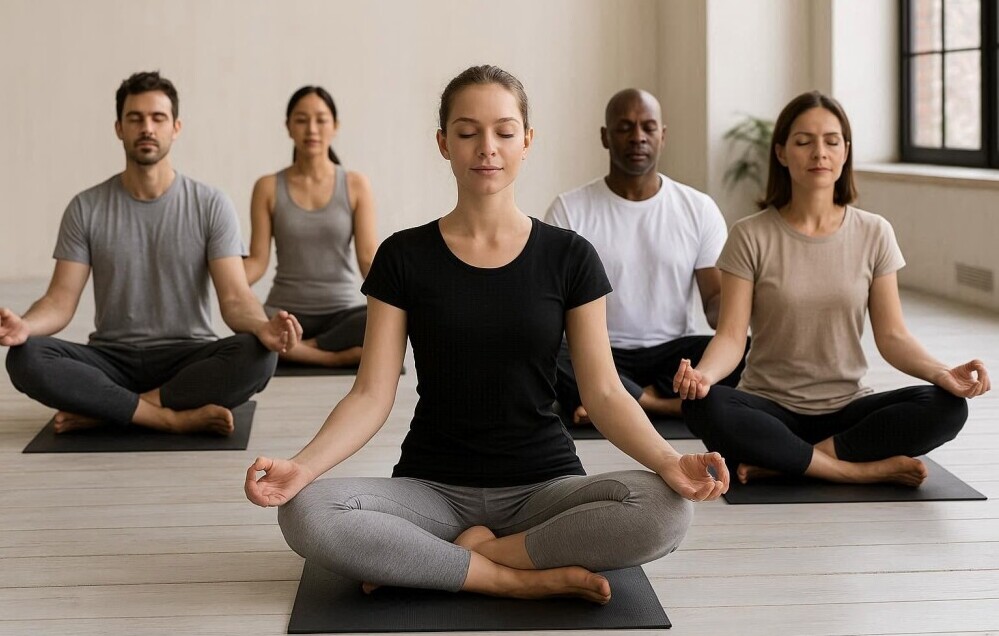
Poses and Moves: Yoga & Pilates Exercises for Weight Loss
Both yoga and Pilates have a handful of poses that target your core, glutes, and legs, the main muscle groups that help with calorie burn and body shaping. Here are a few that I recommend if you’re looking to get started:
Yoga Poses to Try:
- Chair Pose (Utkatasana): Builds leg strength and warms up big muscle groups.
- Plank Pose: Great for core strength and stability. Hold as long as you can without straining your back.
- Warrior II (Virabhadrasana II): Tones your legs, opens your hips, and gets your blood flowing.
- Boat Pose (Navasana): Activates your entire core and teaches balance.
- Chaturanga: Like a yoga pushup; builds upper body and core strength fast.
Pilates Moves to Try:
- The Hundred: Classic Pilates warmup; pumps up your circulation, works your abs, and gets your breathing on track.
- Single Leg Stretch: Tones your abs and legs with controlled, mindful movement.
- Criss Cross: Like a bicycle crunch for your abs, but with more focus on quality over speed.
- Bridge: Strengthens your glutes, low back, and hamstrings.
- Swimming: Works your back, glutes, and shoulders, really good for overall toning.
Add these to your regular routine, or pick two or three to do after a workout as a finisher. Quality is more important than speed or quantity—really pay attention to your alignment and breathing to get the most benefit. If you’re new to these moves, look for beginner-friendly tutorials online before jumping in. Safety and proper form should always come first.
How to Build a Weekly Routine That Sticks
Sticking with a new exercise habit is tough, especially if you’re used to workouts that are either too hardcore or too laid back. I always suggest keeping things simple, especially at the beginning. Here’s how I like to plan a realistic week with yoga and Pilates for weight loss:
- Start with two or three sessions a week. Mix yoga and Pilates, or focus on one.
- Alternate between flowbased yoga (for calorie burn) and mat Pilates (for toning and core strength).
- Add a brisk walk or light cardio on rest days or after your sessions for extra movement.
- Track your progress—this could be how long you hold a pose, how consistent you are, or just how you feel after workouts.
Having a set schedule and a few goto online classes or apps (like Yoga With Adriene, Blogilates, or local studio livestreams) makes it easier to stay on track, especially on busy days. Remember, it’s totally fine to adjust as you go. The important thing is to keep moving forward at your own pace.
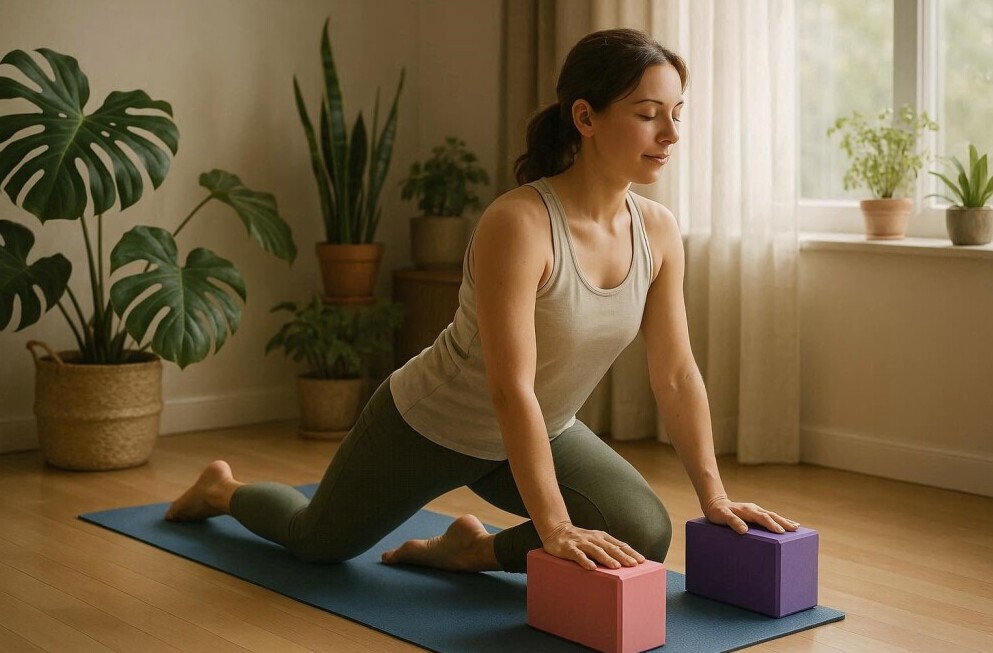
Common Challenges and Smart Solutions
“I’m not flexible enough to do yoga or Pilates.”
This comes up all the time! Flexibility isn’t required to start, and both yoga and Pilates help you get bendier over time. Modifications and props (like yoga blocks or rolled towels) are really handy for this.
“I don’t feel like I’m burning enough calories.”
Yoga and Pilates are lower impact, but when done consistently, with good form, they do boost your metabolism and support weight loss. If you want a bigger burn, add short bursts of cardio (like jump rope or brisk walking) or pick fasterpaced classes.
“I get bored doing the same moves.”
Mix things up by trying new classes, instructors, or challenges. Most apps and YouTube channels have themed weeks or playlists to keep things fresh. You might even ask a friend to join and keep each other motivated.
Nutritional Tips to Pair With Your Practice
Eating well goes hand in hand with regular movement. Yoga and Pilates both encourage a more mindful attitude around food, but a few tweaks can make your results show up even faster:
- Eat mostly whole, unprocessed foods (think veggies, lean protein, whole grains).
- Stay hydrated; muscle cramps and fatigue are often caused by not drinking enough water.
- Focus on how meals make you feel—choose what boosts your energy instead of what slows you down.
- Don’t overrestrict, but keep an eye on portions and aim for balanced meals.
This isn’t about dieting, but about feeling better and supporting your movement goals. Treat food as fuel, not a reward or punishment, and you’ll stumble upon improvements in both energy and mood.
Consistency: The Real Secret to Success
The people who see the most benefit from yoga and Pilates for weight loss usually aren’t the ones doing marathon sessions. They’re the ones who move a few times a week and listen to their bodies. Life happens, but showing up as often as you can (even for just 10 minutes) is super important for long-term results.
- Commit to a minimum (like 10 minutes a day or three classes a week).
- Celebrate the small wins (like holding plank for five extra seconds or a deeper downward dog).
- Adjust your routine when life gets busy or you just need a break.
Remember, consistency isn’t about perfection. It’s about doing your best when you can and being gentle with yourself on off days.
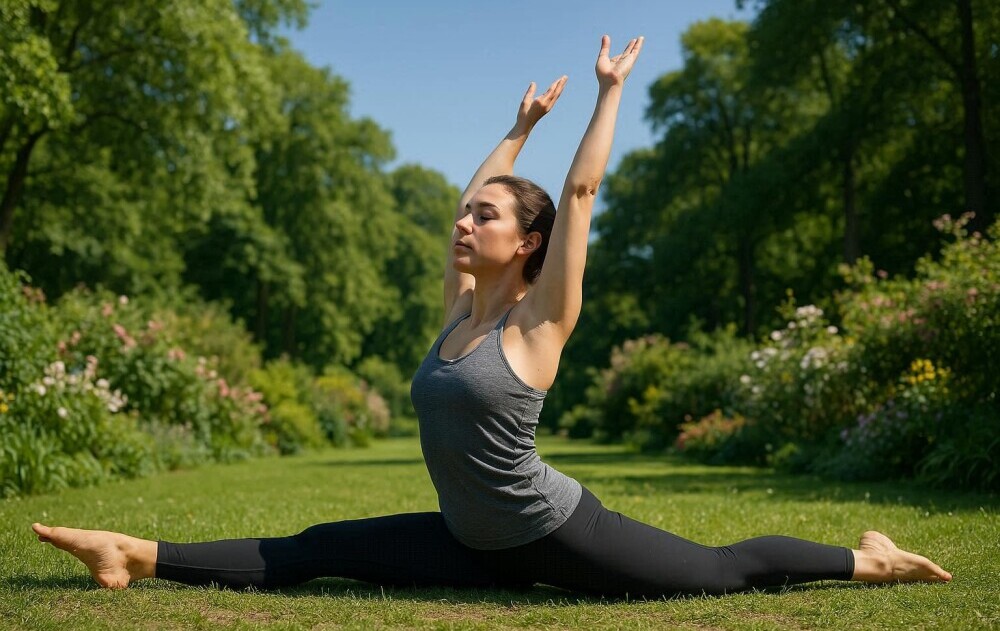
Popular Questions: Yoga & Pilates for Weight Loss
How fast will I see results?
If you practice three or four times a week, you’ll likely notice increased energy, better posture, and less stress in two to three weeks. Visible changes in muscle tone and weight take a bit longer; usually one to three months of steady effort and a balanced diet.
Is it okay to combine both yoga and Pilates in a week?
Definitely. They complement each other really well and help prevent plateaus or boredom. Mixing them up keeps things interesting and engages more muscle groups.
Can I use yoga and Pilates as my only workouts?
Yes, especially if you combine them with walking or light cardio. For bigger weightloss goals, adding in some higher intensity activity can help, but plenty of people do well with just these two practices and healthy eating.
What You Can Try Next
If you’re ready to get started, here are a few tips that have helped me and a lot of others stick with it:
- Pick your favorite yoga pose or Pilates move and do it every morning—even if it’s just for a minute or two.
- Schedule your sessions in your calendar, just like you would a work meeting or appointment.
- Explore a few online classes, challenge programs, or local studios to find what you actually enjoy.
Whether you’re looking for weight loss, stress relief, or a new way to feel stronger in your body, yoga and Pilates are pretty handy options. Have you tried either or both? Feel free to share your experiences or any questions below! Taking action, even the smallest step, is the key. If you stick with it, you might be surprised where your adventure with yoga and Pilates takes you.
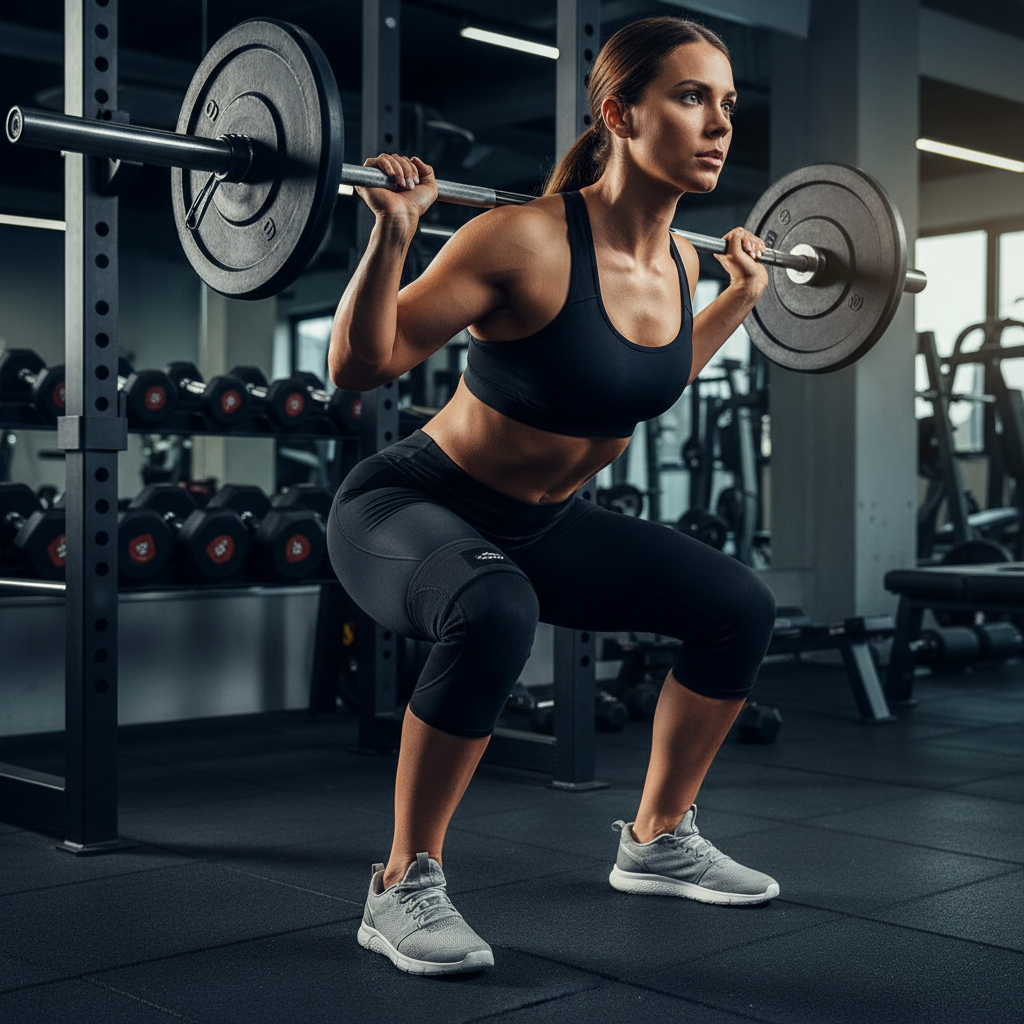


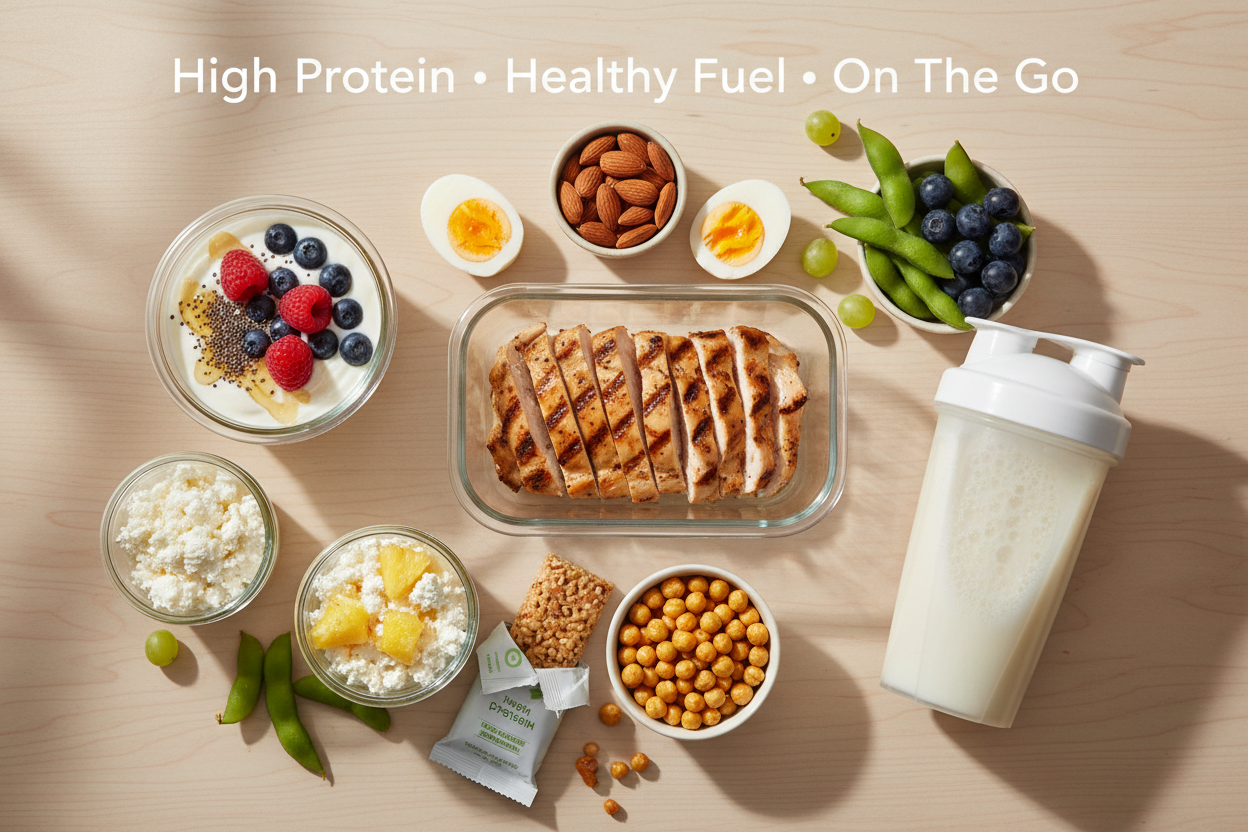
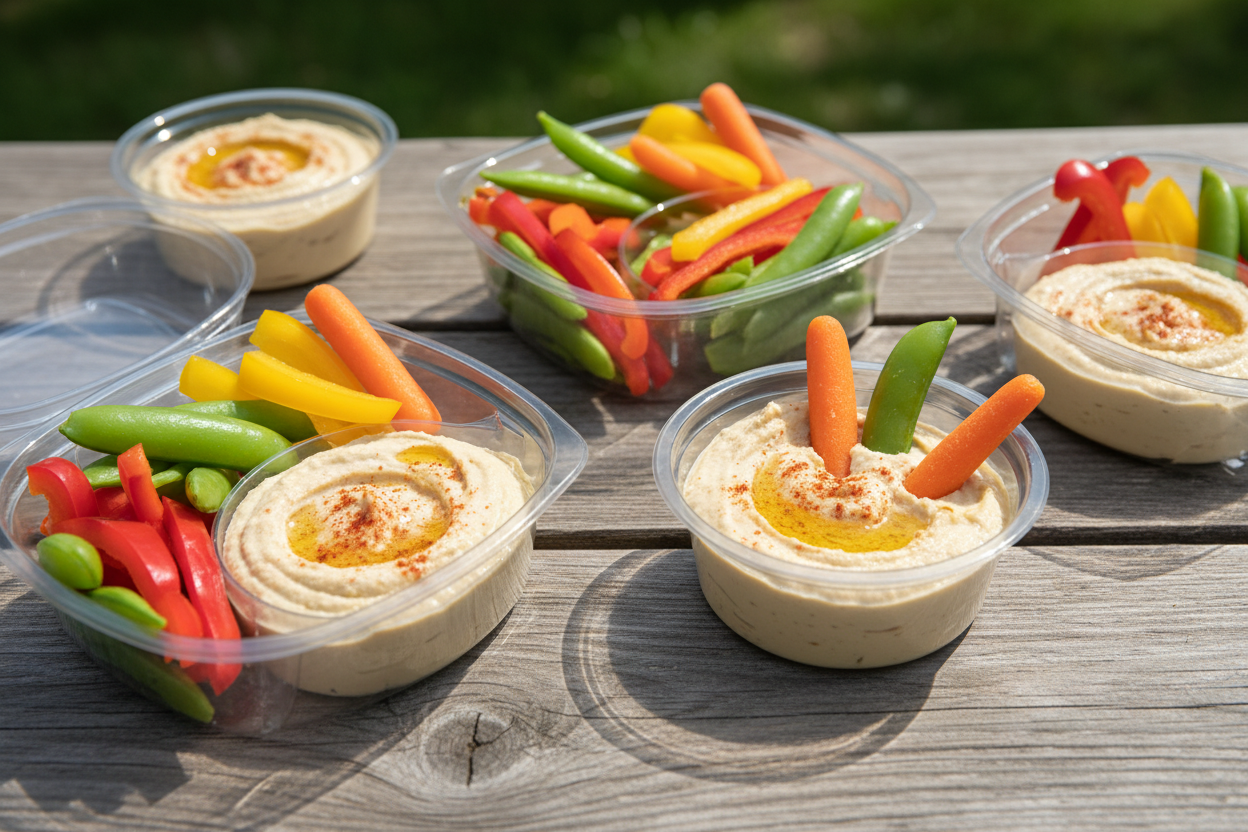
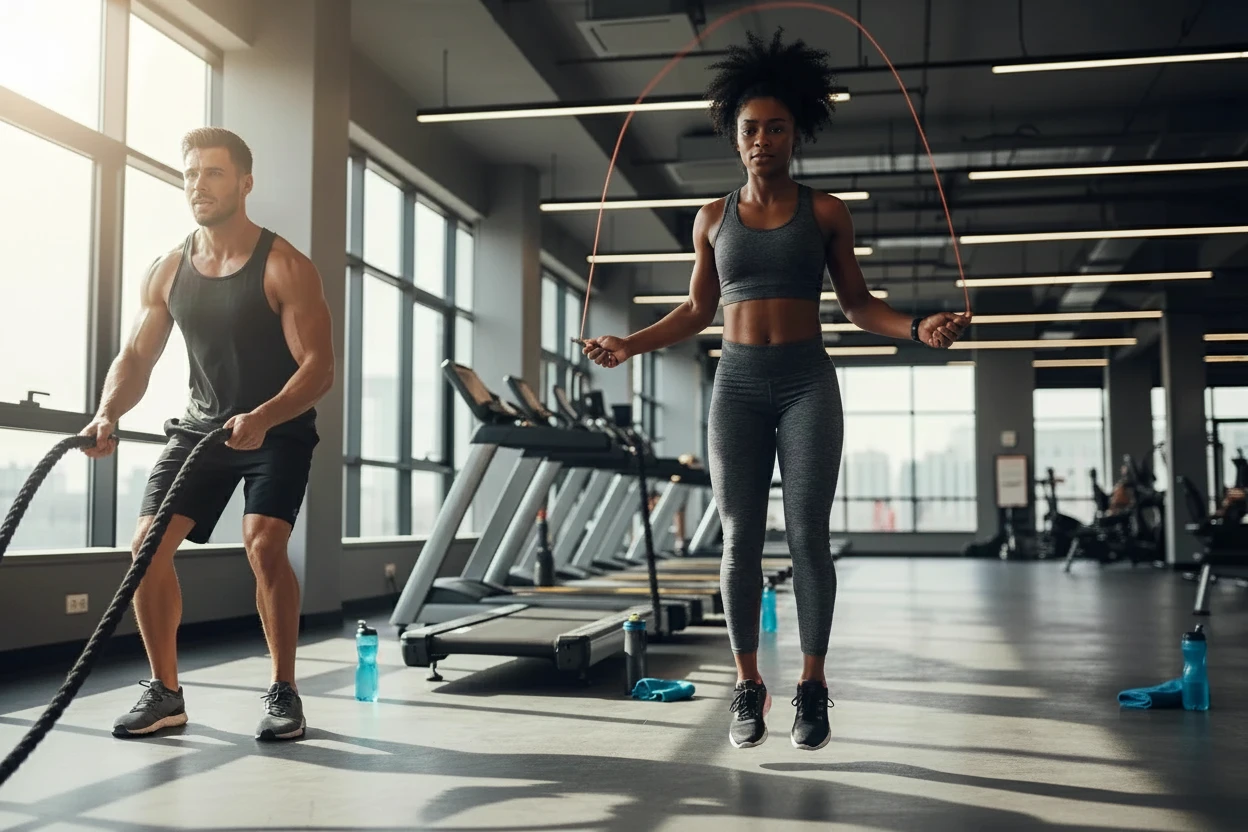






 If you’ve been searching for ways to manage your weight, yoga and Pilates are two options that show up pretty often. I’ve found both can bring a lot more than just a good sweat; they boost your energy, improve how you feel about yourself, and support healthier habits overall. For many people, including some of my friends and readers, yoga and Pilates provide a balanced approach that’s both kind to your body and effective for long-term results.
If you’ve been searching for ways to manage your weight, yoga and Pilates are two options that show up pretty often. I’ve found both can bring a lot more than just a good sweat; they boost your energy, improve how you feel about yourself, and support healthier habits overall. For many people, including some of my friends and readers, yoga and Pilates provide a balanced approach that’s both kind to your body and effective for long-term results.




